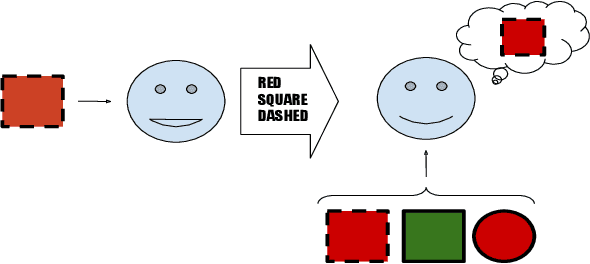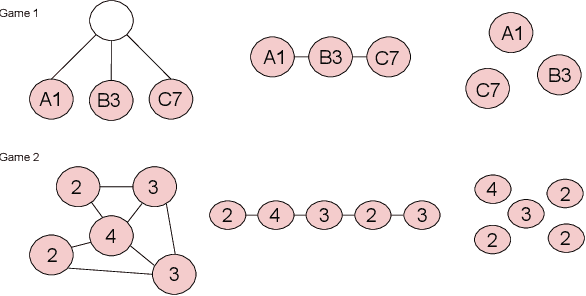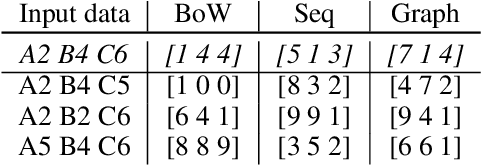Exploring Structural Inductive Biases in Emergent Communication
Paper and Code
Feb 04, 2020



Human language and thought are characterized by the ability to systematically generate a potentially infinite number of complex structures (e.g., sentences) from a finite set of familiar components (e.g., words). Recent works in emergent communication have discussed the propensity of artificial agents to develop a systematically compositional language through playing co-operative referential games. The degree of structure in the input data was found to affect the compositionality of the emerged communication protocols. Thus, we explore various structural priors in multi-agent communication and propose a novel graph referential game. We compare the effect of structural inductive bias (bag-of-words, sequences and graphs) on the emergence of compositional understanding of the input concepts measured by topographic similarity and generalization to unseen combinations of familiar properties. We empirically show that graph neural networks induce a better compositional language prior and a stronger generalization to out-of-domain data. We further perform ablation studies that show the robustness of the emerged protocol in graph referential games.
 Add to Chrome
Add to Chrome Add to Firefox
Add to Firefox Add to Edge
Add to Edge